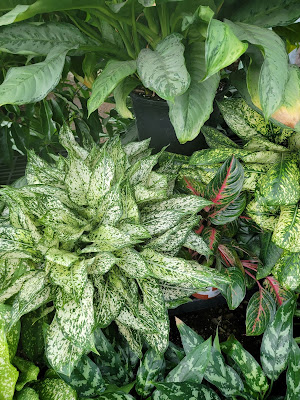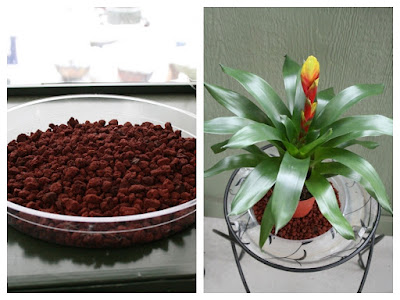With their striking forms, diverse colors, and low-maintenance nature, succulents are a great choice for indoor gardening, especially during the winter months. From the rosette shapes of Echeveria to the trailing vines of String of Pearls, their unique appearance can add a touch of color and interest to any indoor space.
One of the most appealing aspects of succulents is their low-maintenance care requirements. They thrive in bright light and can tolerate periods of neglect when it comes to watering. This makes them a perfect choice for those who may not have a green thumb but still want to enjoy the benefits of indoor plants.
Creating a thriving indoor succulent garden requires choosing a proper container, a succulent soil and selecting the right location in your house or office.
When choosing containers for your succulents, drainage is key. Succulents are prone to root rot if left in standing water, so opt for pots with drainage holes. Ceramic or plastic will work. Terracotta pots are also an excellent choice as they allow for better airflow and moisture evaporation.
Succulents require well-draining soil to thrive. Common garden soil or regular potting mix holds too much moisture and can lead to root rot. Instead, use a succulent potting mix, which is designed specifically for these types of plants.
Succulents do best in bright, indirect light. Place your succulents near a south-facing window where they can receive plenty of sunlight throughout the day. If natural light is limited, you can use grow lights to supplement their light requirements.
While succulents are low maintenance, they still require proper care indoors. This is particularly important when it comes to watering. The key to watering succulents is to allow the soil to dry out completely between waterings. Overwatering is the most common mistake and can lead to root damage. When in doubt, it’s better to underwater than overwater.
Keep the room temperature between 60-80°F (15-27°C) for optimal growth. Succulents can tolerate cooler temperatures at night, but it’s important to keep them away from drafts and cold windowsills to prevent damage.
Even though they're not heavy feeders, succulents do have nutrient requirements. For best results, use a fertilizer formulated for cactus and succulents.
Succulent gardening indoors, especially during winter, offers a rewarding experience.


























